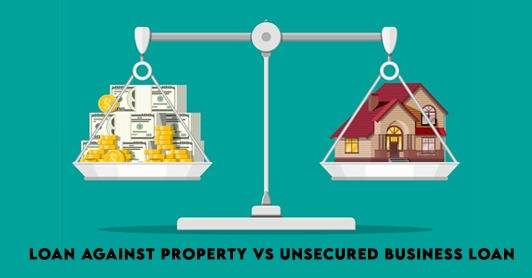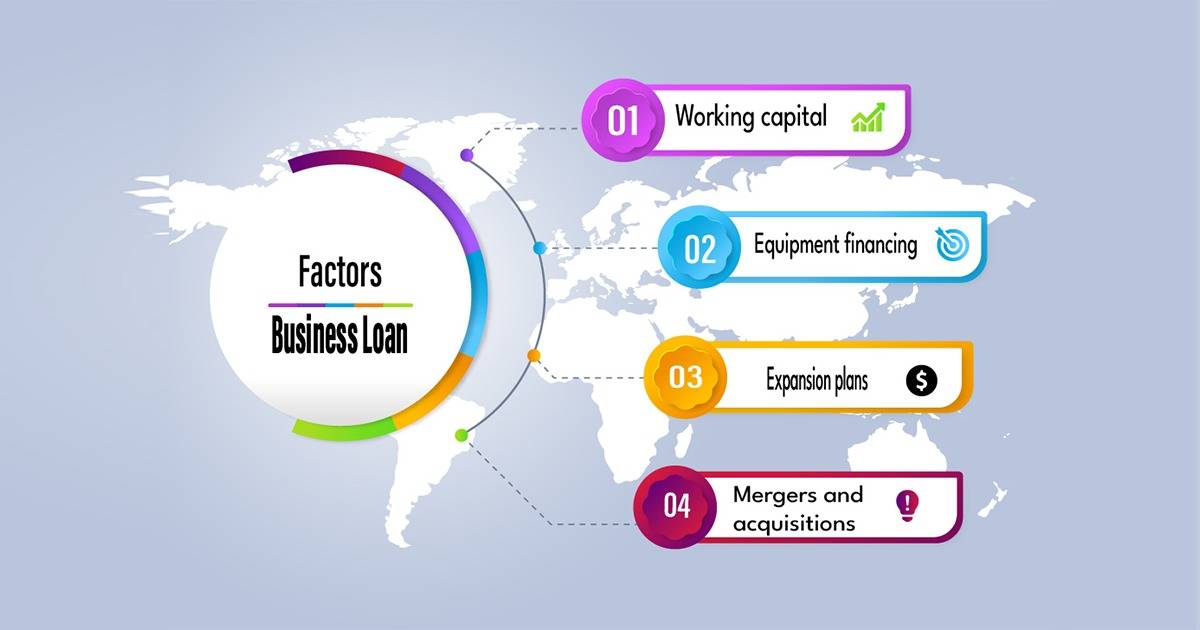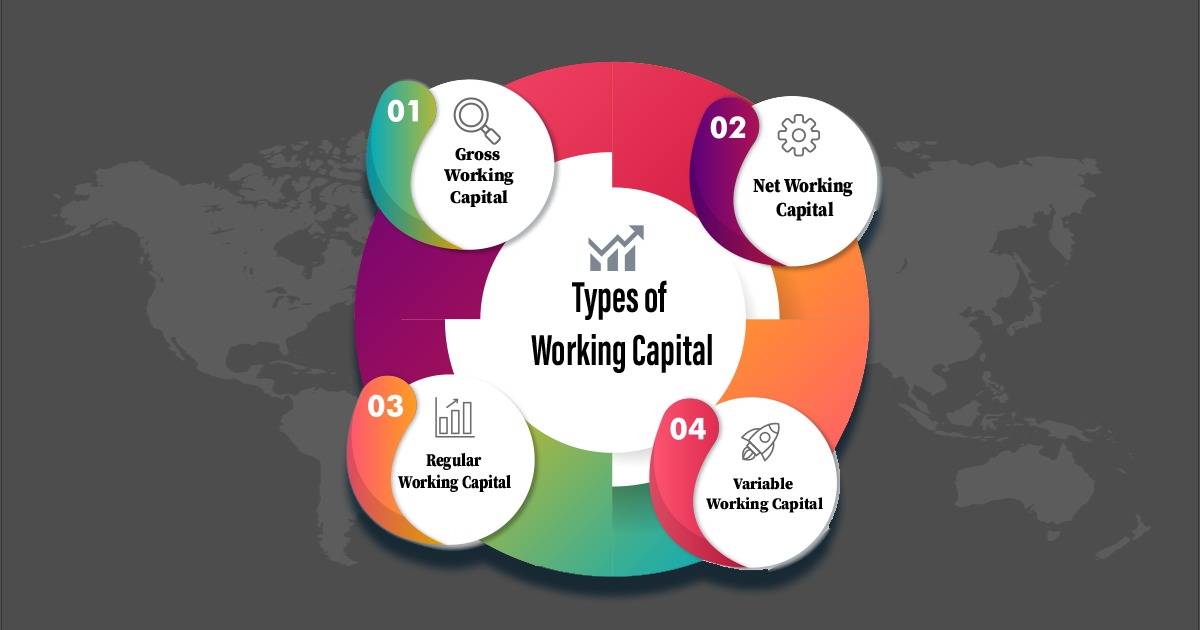When you are looking for a personal loan or a business loan you can consider attaching a property to the loan to reduce interest rates and increase tenure according to your repayment capacity. To begin with just understand in a simple way what is a LAP – Loan against property?
A loan against property is a loan that will be disbursed as a secured loan based on a property mortgaged by the borrower. The reason for taking the loan isn’t necessary to avail the loan. Before taking a loan against property it is advisable to make a thorough research or take the advice of a loan consultant who has good industry experience. You can carry out the research on your own by contacting lenders directly and collect Loan against property information.
First things first check your eligibility before approaching a lender. Eligibility criteria differs from one lending bank to another however there are some common eligibility checklists that you can prepare yourself with.
Eligibility Criteria Checklist
- Be an Indian National. (Some banks & NBFC’s do accept NRI’s too)
- A salaried or a self-employed person
- Age is also a factor to be considered. (To calculate tenures and interest)
- Must own a property (may be relaxed by some lending institutions)
The above checklist is a very basic criteria for applying for a loan against property
Once you check your eligibility you will have to produce few documents for verification and the checklist is given below
Documents required for loan against property
- Identity Proof of the individual applicant (Aadhar Card, Pan Card, Passport, Voter’s ID, Driver’s License)
- Address Proof of the loan applicant (E.B Card or recent bill, Aadhar Card, Rental Agreement)
- Documents of the Property Mortgaged (Original Sale Deed Document, NOC – No Objection Certificate from the local society), Possession document, Local Government Body Registration.
- Proof of Income (Income tax certificate, salary slips, bank statements, P/L sheets, business registration certificates, GST certificate)
Now that you have understood the basic criteria and the documents required let’s understand the process of applying for a LAP – Loan against property
Process for applying for LAP – Loan against property
You can apply for a LAP from a bank, NBFC or through a loan consultant who can get you more choice of institutions.
If you go to a particular bank your choice is limited to the bank and it is the same with NBFC’s too, however if you get a loan consultant, they will go through your case specifically and apply in lending institutions that are likely to convert.
- You can apply for a Loan Against Property by visiting the portal of a lending institution or the loan consultant. You can apply online and a team member will get in touch with you. In most cases the turn-around time will be 24 to 48 hours
- A member from the lending team will go through your online application and schedule an appointment with you to collect documents for some banks and there are many institutions that do all transactions online itself.
- The Online verification is quite easy when compared to meeting in person and it’s also quite fast.
- The lending member will also allocate another member from the verification department to verify the property documents, visit the property and then finalize the amount of loan sanctioned accordingly.
- Finally, if the application fits the bill and all criteria is met the LAP will be processed and sanctioned.
FAQ’s for Applying for a Loan Against property.
- How long will it take to sanction LAP – Loan against property?
It may take any where between 30 to 60 days depending on the documents, property and other factors. There are various factors considered by banks in approving business loans and if all criteria are met then the loan may be disbursed quite earlier.
- How to identify the best offers in the market for Loan against property?
Identifying which lending partner is offering the best loan offer is quite a difficult task for an individual to identify. The best thing to do is go with a loan consultant who are in partnership with banks, NBFC’s and other lending institutions.
- Is there a standard interest rate for LAP – Loan against property?
No there isn’t a standard interest rate across all lenders. The interest rates depend on various factors. It comes in two types fixed interest rates and fluctuating interest rates.











